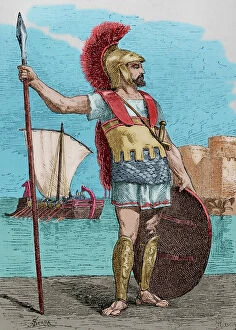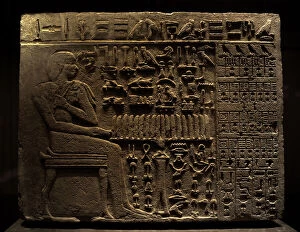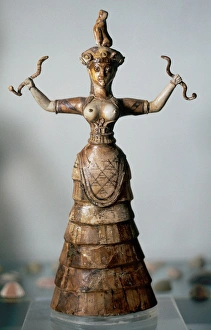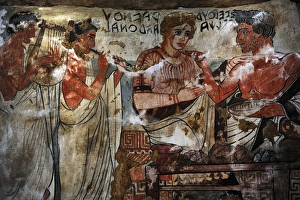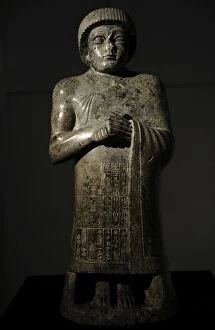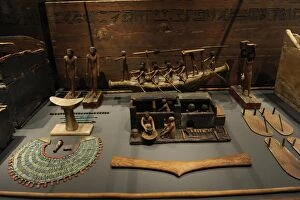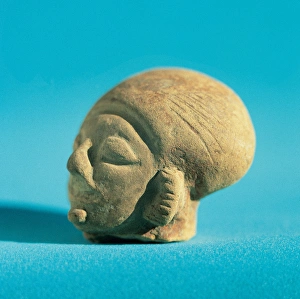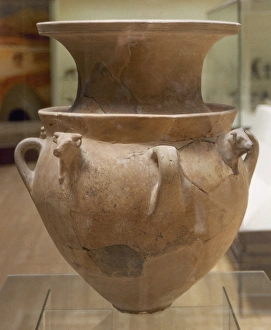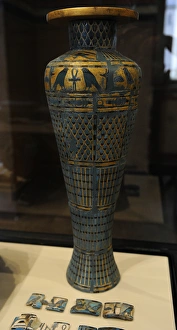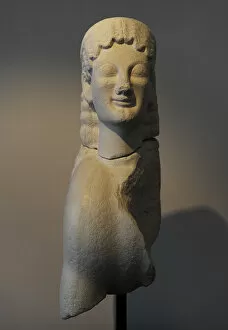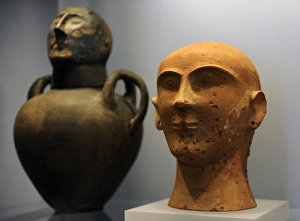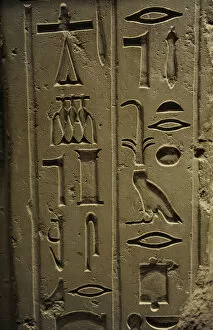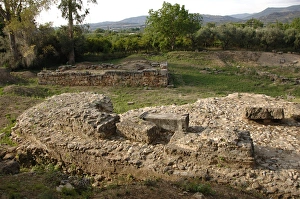Civilizacion Collection
"Civilización: Un viaje a través del arte antiguo" Sumérgete en el fascinante mundo de la civilización, explorando las maravillas del pasado
All Professionally Made to Order for Quick Shipping
"Civilización: Un viaje a través del arte antiguo" Sumérgete en el fascinante mundo de la civilización, explorando las maravillas del pasado. Desde la misteriosa cultura etrusca hasta los intrépidos soldados cartagineses, cada objeto cuenta una historia única. En un podio se encuentra una urna cineraria etrusca, testigo silencioso de rituales funerarios ancestrales. En otra sala, un grabado de Serra cobra vida con colores vibrantes para mostrarnos a un valiente soldado cartaginés. Una vasija decorada con una cabeza humana nos transporta a la cultura zapoteca, mientras que otra muestra una figura felina con rasgos humanos. Ambas cerámicas revelan el ingenio y la creatividad de antiguas civilizaciones perdidas en el tiempo. El oficial Isi nos recibe en su mesa de ofrendas, desde su tumba ancestral. La antigua Grecia también tiene su lugar destacado con obras maestras como sarcófagos adornados con cupidos y retratos romanos que datan del siglo III al IV d. C. Un obelisco del rey asirio Adad-Nirari III nos habla de poderosos imperios olvidados y sus glorias pasadas. Mientras tanto, en Creta encontramos a la joven diosa serpiente en todo su esplendor dentro del palacio minoico. Finalmente, las puertas falsas del oficial Dedu-hekenu nos invitan a cruzar el umbral entre lo tangible y lo espiritual. Estas piedras calizas cuentan historias milenarias sobre creencias religiosas y prácticas funerarias egipcias.


